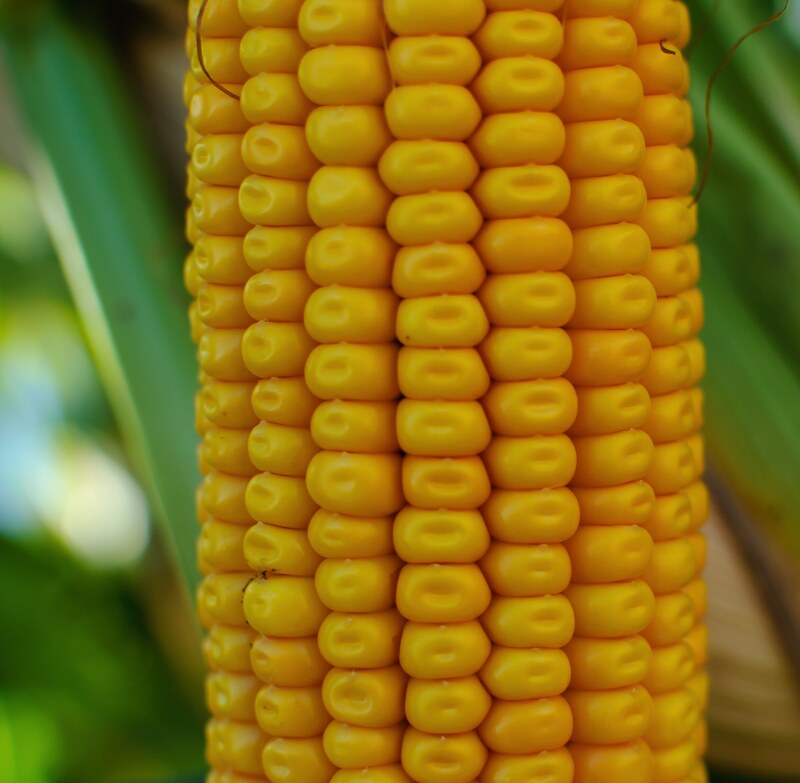Silage corn is a popular forage feed for farm animals because it is high in energy and digestibility and is easily adapted to mechanization from the corn planting to time of feeding.
Silage corn is a common feed for dairy cows and cattle because of its high dry-matter yield, energy content and palatability, especially when supplemented by other feed. Corn silage makes up over 40% of the volume of the forage fed to dairy cows in the United States and is also a significant part of feed in the beef industry.
The reasons which make silage corn so popular for feed in dairy farms are:
- Nutritional value
- High yields
- Fast growing
Corn is not the only crop from which silage can be made. Silage can also be made from other row crops such as triticale, barley, sorghum, oats, millet, canola, and wheat.
Here are some interesting bits about Silage Corn
Nutritional facts
Corn silage contains about 25-35% Dry Matter (DM). It is rich in fiber (15-27% of DM), with a highly variable starch content (18-50% of DM). It is low in lignin and lipids (about 2-3% of DM each).
Harvesting
Moisture is what determines the harvest time (chopping). Experience shows that after Kernel Dent Stage (~32 days after silking) corn dries approximately 0.5 % per day. Therefore, if the sample was 75% moisture and 70% moisture is the target, harvest should be done about 10 days after the corn was sampled.
Storage time
Corn silage can stay preserved and of excellent quality for more than one year. For maximum fermentation and acid production, the bacteria need adequate moisture conditions to grow. Harvesting the corn plant when it is high in moisture (> 70%) can result in bad corn silage fermentation. If silage is bagged (wrapped in plastic) it can be stored for 2-3 years.
Storage locations
The keys to good silage storability are harvesting at the correct moisture level, achieving good packing density, and maintaining a good seal over the storage. The single-most important thing for storage is limiting the amount of air either trapped in the pile as it ferments or penetrating the cover (seal) once its ensiled, as well as the amount of air penetrating the face of a clamp or silo as the silage is being fed out. When it comes to physical storage locations, popular options are drive-over piles, trench silos and silage bags.
Feeding
Silage can be safely fed after three or four weeks after chopping. That’s when corn silage pH drops to 3.8 to 4.2 and reaches stable phase after fermentation. If you feed your freshly chopped forage before it has completed its full fermentation cycle, you risk giving your farm animals a highly poisonous forage filled with nitrites.
Row Crop Management inside AgNote
Elevate your corn crop management with AgNote’s precision tools! Register now for a free 7-day trial to streamline your operations and boost productivity. 🚜🌱

